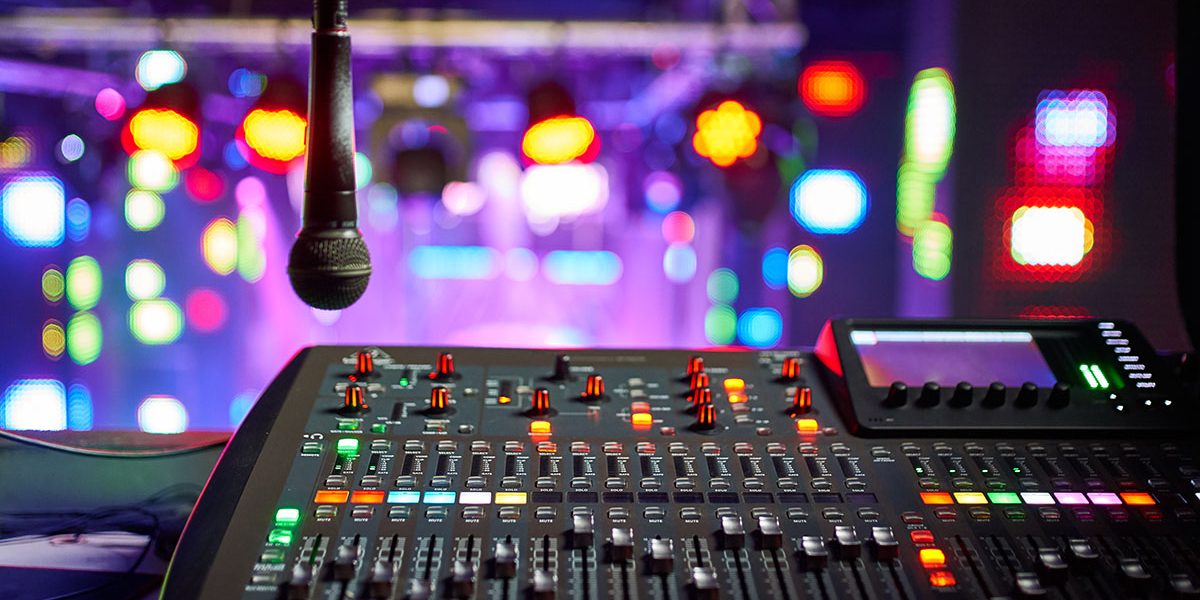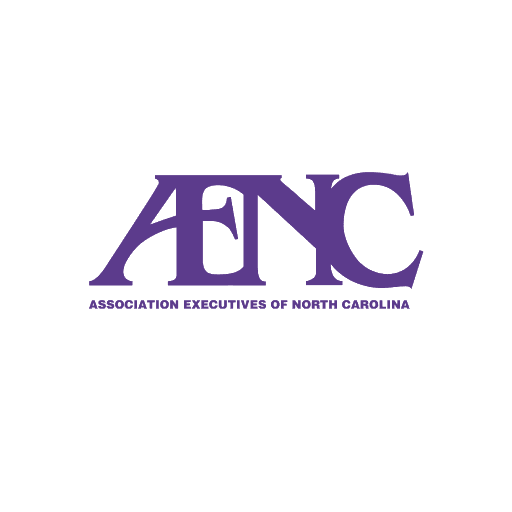How audio visual charlotte nc improves guest participation through interactive tools
Understanding the Incorporation of Audio Visual Innovation in Today's Educational Environments
The integration of audio-visual innovation in educational setups has changed the training and learning procedure. Educators now have accessibility to devices that cater to numerous finding out styles, boosting student involvement and collaboration. The incorporation of these modern technologies presents both chances and obstacles. Understanding exactly how to successfully apply these tools is crucial. What techniques can instructors employ to make best use of the benefits of audio-visual innovation in their class?
The Development of Audio-Visual Innovation in Education And Learning
As instructional needs progressed over the years, audio-visual modern technology underwent considerable improvements that improved the learning setting. Initially, tools such as film projectors and slide shows were the main methods of incorporating aesthetic components into classrooms. These very early technologies provided educators with the capacity to existing details dynamically, yet they were restricted in accessibility and interactivity.
With the introduction of video clip cassette recorders in the 1970s, class started to include documented lessons, broadening the range of academic resources. The introduction of personal computers in the 1980s more revolutionized this landscape, permitting the creation of multimedia discussions and interactive understanding experiences.
The surge of the net in the 1990s noted a zero hour, making it possible for real-time accessibility to a riches of audio-visual materials. Today, electronic devices such as interactive white boards and on-line discovering systems proceed to improve the academic experience, fostering involvement and cooperation among learners.
Advantages of Audio-Visual Equipment for Diverse Understanding Styles
Audio-visual tools play a crucial duty in accommodating diverse understanding styles by improving visual understanding and enhancing auditory involvement. By including pictures, videos, and sound, these technologies develop a more comprehensive academic environment. This complex approach enables educators to address the different choices and requirements of students successfully.
Enhancing Visual Knowing
Engagement in the discovering process is markedly improved through the usage of audio-visual tools, satisfying numerous finding out designs. These devices, such as videos, infographics, and interactive discussions, provide aesthetic stimulations that assist comprehension and retention. Visual students, specifically, take advantage of the consolidation of photos and animations, which can streamline intricate concepts and improve understanding. Additionally, audio-visual resources can highlight real-world applications, making learning extra relevant and appealing. By incorporating shade, motion, and audio, educators can develop a dynamic learning environment that captures pupils' interest and promotes much deeper cognitive connections. Inevitably, the calculated use audio-visual modern technology not just sustains visual knowing however additionally enhances the general educational experience for diverse learners.
Improving Auditory Interaction
A substantial benefit of including audio-visual devices in education and learning is their capacity to boost acoustic engagement amongst trainees. These devices, which incorporate multimedia discussions, podcasts, and interactive audio components, satisfy numerous finding out styles, especially profiting auditory learners (audio visual charlotte nc). By integrating sound and narration, educators can create immersive experiences that catch trainees' interest and strengthen comprehension. This engagement is vital, as it promotes a deeper understanding of the product and advertises retention. In addition, audio-visual devices can assist in collective knowing environments, encouraging trainees to take part in conversations and share their insights. Ultimately, the unification of audio-visual modern technology not just sustains acoustic involvement however also enriches the total instructional experience, making finding out extra dynamic and reliable for all trainees
Enhancing Engagement Via Interactive Understanding

Furthermore, gamification components, such as quizzes and simulations, can boost motivation and retention, making learning extra satisfying and effective. These strategies not only promote cognitive involvement but likewise provide to diverse discovering designs, guaranteeing that all pupils can take part meaningfully. Because of this, interactive learning environments cultivate a sense of area and belonging, inevitably causing enhanced scholastic end results. Through the assimilation of audio visual technology, teachers can transform standard classrooms into dynamic areas where trainees prosper and proactively form their instructional trips.
Linking Concept and Practice With Multimedia Resources
Multimedia resources work as a vital web link in between academic concepts and functional application in academic setups. By improving interaction, promoting joint understanding experiences, and supporting varied discovering styles, these tools produce a much more inclusive and dynamic knowing setting - audio visual charlotte nc. This strategy not just cultivates deeper understanding however likewise prepares students for real-world challenges

Enhancing Involvement With Multimedia
Interaction in educational setups substantially boosts when trainers incorporate multimedia resources right into their mentor strategies. The use of video clips, podcasts, and interactive discussions enhances the finding out experience, enabling students to get in touch with the product on numerous degrees. Multimedia resources satisfy different discovering styles, offering aesthetic, auditory, and kinesthetic stimulations that can hold trainees' focus a lot more efficiently than conventional lecture approaches. Furthermore, these sources can simplify intricate ideas, making them extra easily accessible and remarkable. By incorporating multimedia, educators can produce a vibrant classroom setting that fosters interest and inspires students. Inevitably, the calculated use audio-visual technology offers to bridge the space in between theoretical understanding and practical application, enhancing the instructional experience for both teachers and trainees.
Helping With Collaborative Understanding Experiences
Numerous studies suggest that joint discovering experiences significantly improve pupil outcomes when integrated with multimedia resources. Multimedia devices assist in communication among students, enabling them to involve in analytical and critical thinking collectively. By making use of video conferencing, collaborative platforms, and interactive presentations, teachers produce settings helpful to teamwork and shared understanding. These technologies enable trainees to interact their ideas efficiently and get instant feedback, promoting a much deeper understanding of the topic. In addition, multimedia resources can provide complicated ideas in more digestible formats, promoting conversation and collaboration. Consequently, the mix of joint knowing and audio-visual modern technology not just enhances the academic experience but also prepares students for real-world synergy characteristics, emphasizing the significance of collaboration here and collective knowledge building and construction.
Sustaining Diverse Discovering Styles
While standard teaching methods commonly deal with a restricted series of learning choices, the assimilation of audio-visual innovation supplies a much more comprehensive strategy to education. By utilizing multimedia resources such as videos, interactive simulations, and digital discussions, teachers can address different finding out designs, consisting of visual, auditory, and kinesthetic. This adaptability enables distinguished guideline, enabling students to involve with web content in manner ins which resonate with their specific choices. Furthermore, audio-visual tools can assist in deeper understanding by giving several depictions of intricate ideas. As a result, trainees who might deal with traditional methods can discover alternate paths to success, cultivating a much more fair discovering setting that supports scholastic achievement for all students.
Challenges in Applying Audio-Visual Technology
Although audio-visual modern technology holds terrific promise for improving instructional experiences, its implementation usually runs into considerable difficulties. One key concern is the financial burden connected with buying and keeping such equipment, which can strain spending plans, specifically in underfunded institutions. Furthermore, poor training for instructors can prevent effective integration, leaving them ill-prepared to utilize the technology completely. Technical issues, such as software program breakdowns and compatibility troubles, might additionally interfere with lessons and discourage both educators and pupils. Moreover, differing levels of student access to technology outside the class can develop differences in finding out possibilities. The capacity for over-reliance on innovation may take away from crucial training techniques, ultimately restricting the academic experience. Addressing these challenges calls for a complete technique, including adequate financing, expert development, and fair accessibility to resources, to guarantee that audio-visual modern technology can be leveraged successfully in today's educational setups.
Finest Practices for Integrating Modern Technology in the Class

In addition, fostering an interactive atmosphere with collective devices motivates pupil involvement and engagement. Making use of varied audio-visual resources accommodates different finding out designs, suiting aesthetic, acoustic, and kinesthetic students. Regularly evaluating the effect of innovation on pupil understanding aids instructors improve their techniques and adjust to altering requirements. Finally, including trainees in the choice of innovation promotes possession and inspiration. By adhering to these best practices, instructors can develop a dynamic classroom ambience that efficiently incorporates modern technology and enhances the instructional experience for all trainees.
The Future of Audio-Visual Innovation in Education
As class increasingly embrace modern technology, the landscape of audio-visual devices in education proceeds to progress (audio visual charlotte nc). Future developments are anticipated to concentrate on greater interactivity and personalization, allowing instructors to tailor finding out experiences to private pupil requirements. Developments such as increased truth (AR) and digital fact (VIRTUAL REALITY) will likely provide immersive knowing environments, boosting pupil involvement and understanding
Additionally, expert system (AI) is positioned to play a considerable role in audio-visual modern technology by offering real-time comments and flexible discovering pathways. This integration may aid educators determine and resolve student difficulties better. Cloud-based platforms will certainly help with simpler accessibility to resources and partnership amongst pupils and instructors, despite area.
In addition to these technological developments, specialist development for instructors will be crucial, ensuring they are furnished to make use of these tools properly. On the whole, the future of audio-visual modern technology in education guarantees to produce even more dynamic, inclusive, and impactful discovering experiences.
Regularly Asked Inquiries
Just How Can Educators Pick the Right Audio-Visual Devices for Their Class?
Picking ideal audio-visual tools needs instructors to evaluate their academic goals, think about trainee requirements, assess available technology, and seek recommendations from peers or experts, guaranteeing tools effectively enhance learning and involvement within their specific class setting.
What Spending plan Factors to consider Are There for Carrying Out Audio-Visual Technology?
Budget considerations for applying audio-visual modern technology consist of preliminary acquisition prices, upkeep expenses, training for staff, and possible software program licensing charges. Furthermore, long-term financial investment in updates and substitutes ought to also be factored right into monetary planning.
Exist Particular Training Resources for Teachers on Audio-Visual Equipment?
Numerous institutions provide training sources for instructors on audio-visual devices, consisting of online training courses, workshops, and training overviews. These resources aim to enhance instructors' skills and confidence in successfully integrating modern technology into their training practices.
How Do We Determine the Effectiveness of Audio-Visual Innovation in Learning?
Determining the effectiveness of audio-visual innovation in learning includes evaluating student involvement, understanding, retention rates, and total academic efficiency. Studies, assessments, and empirical studies can supply important understandings right into its impact on academic end results.
What Prevail Misunderstandings Regarding Audio-Visual Modern Technology in Education And Learning?
Common mistaken beliefs concerning audio-visual technology in education consist of the idea that it assures engagement and discovering results, in addition to the presumption that all trainees profit similarly, overlooking private discovering preferences and requirements.